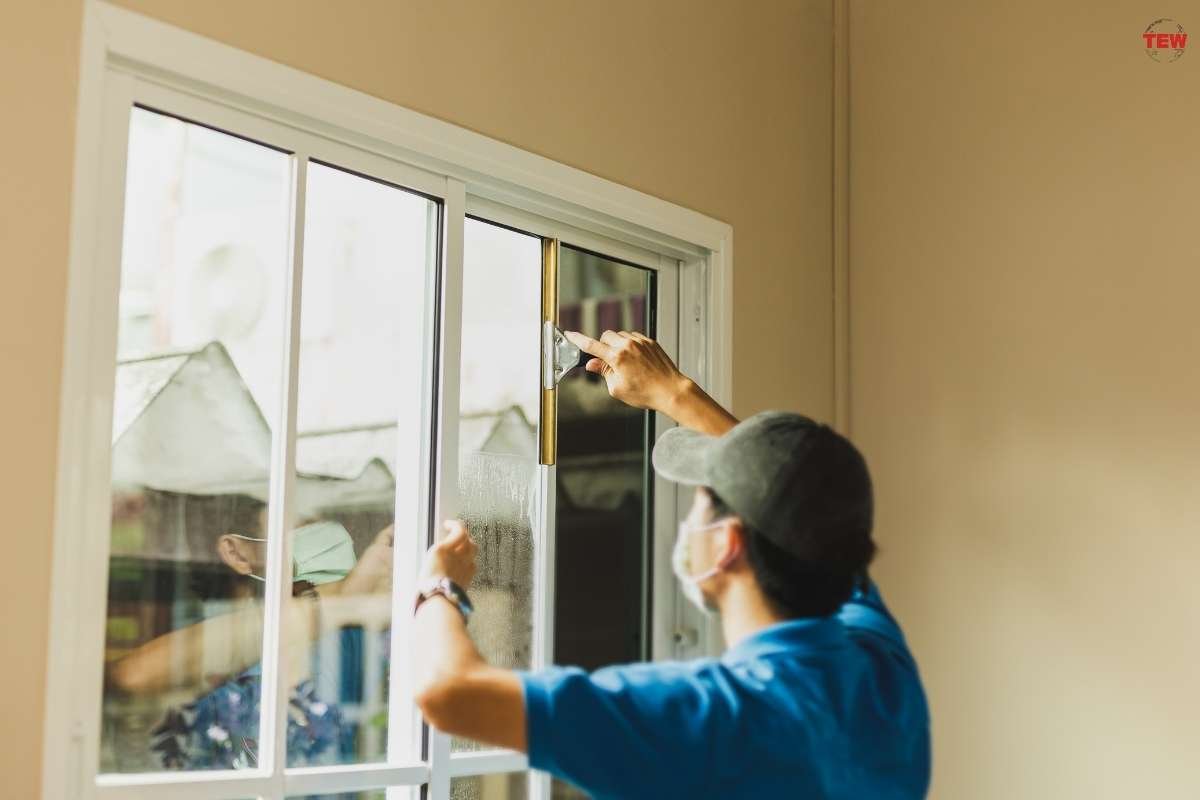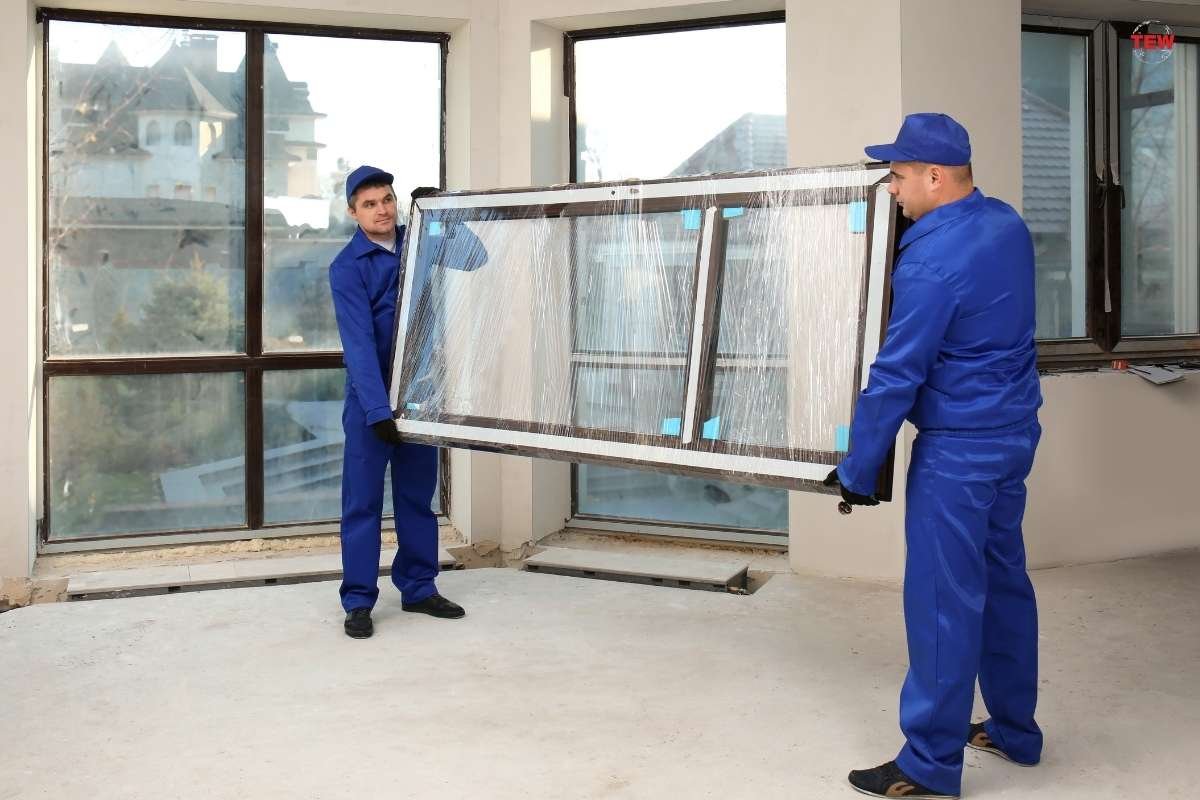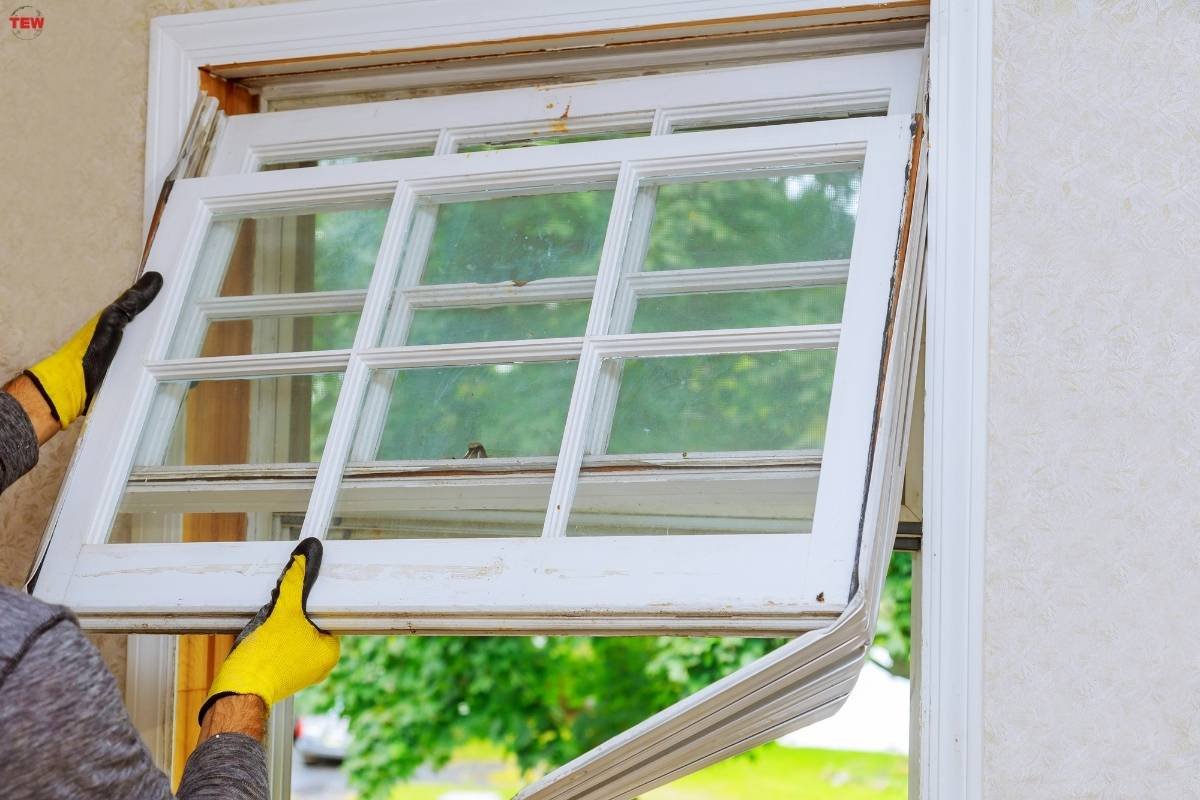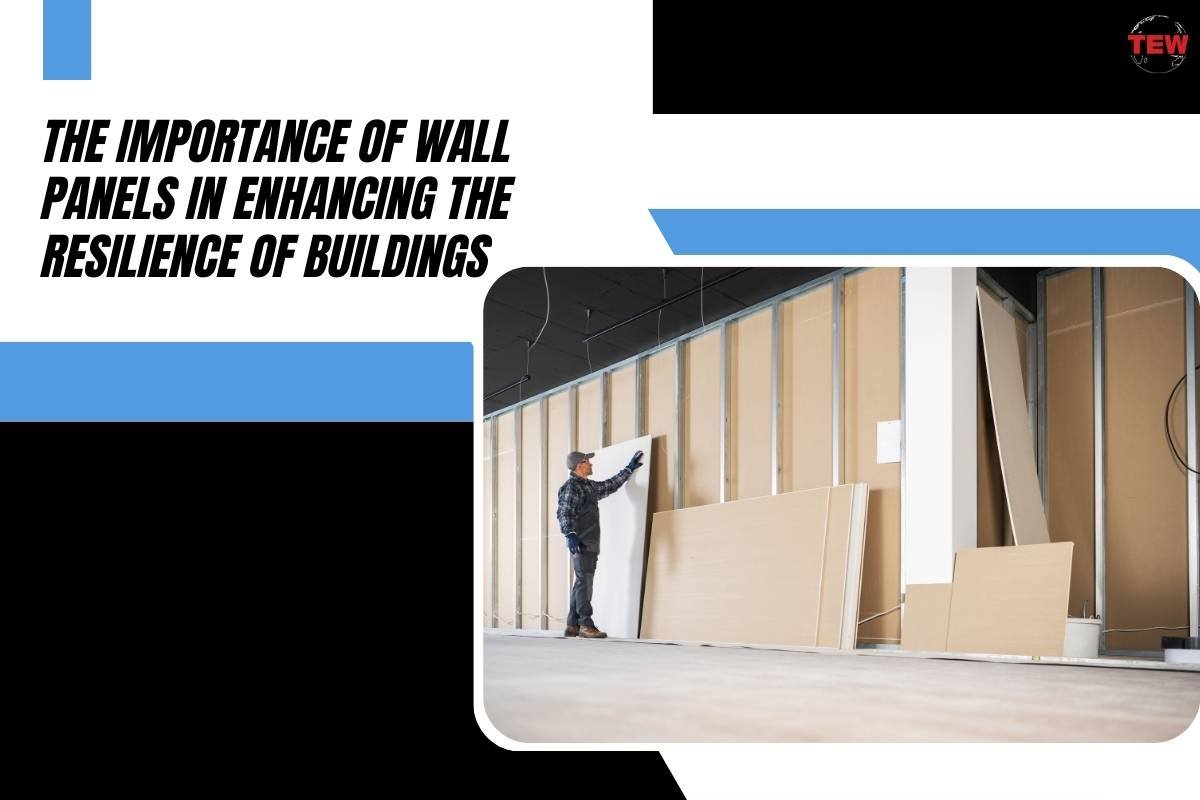Windows are vital components of a home’s architecture, going well beyond basic wall openings. Their numerous responsibilities include molding design, improving aesthetics, and maximizing functionality. They add significantly to the atmosphere and attractiveness of a home in general. In this article, we will look at how apertures impact house design and architecture, including how they affect interior layouts and external looks.
Here are 7 Important factors for The Essential Role of Windows in Home Aesthetics and Functionality
1. Energy Efficiency and Sustainability Promotion
Windows can impact the energy efficiency and sustainability of a home by controlling heat gain, loss, and ventilation. Energy-efficient apertures from Mad City Windows with features such as low-emissivity (Low-E) coatings, insulated frames, and multiple glazing layers can help reduce heating and cooling costs, minimize reliance on artificial heating and cooling systems, and lower carbon emissions.
Additionally, windows that are strategically positioned to capture natural breezes can promote passive cooling and ventilation, further enhancing the sustainability of a home’s design. Investing in energy-efficient window options benefits the environment and contributes to long-term cost savings for homeowners, making it a smart and sustainable choice for the future.

2. Natural Light and Indoor Comfort Enhancement
One of the most significant benefits of windows is their ability to bring natural light into the interior spaces of a home. Natural light not only illuminates rooms but also creates a sense of warmth, openness, and connection to the outdoors.
Well-placed windows can maximize daylighting throughout the day, reducing the need for artificial lighting and creating a more energy-efficient and inviting environment. Additionally, exposure to natural light has been linked to numerous health benefits, including improved mood, productivity, and overall well-being.
3. Visual Connections to the Outdoors
Windows serve as visual connections between indoor and outdoor spaces, allowing residents to enjoy views of the surrounding landscape, whether it’s a lush garden, a serene lake, or a bustling cityscape. The strategic placement of apertures can frame these views like works of art, enhancing the beauty of the natural environment and creating a seamless transition between the inside and outside.
Large picture window options, floor-to-ceiling glass walls, and expansive sliding doors are popular choices for maximizing outdoor views and creating a sense of harmony with nature. Incorporating seats or cozy alcoves adjacent to windows can provide inviting spaces for residents to relax and immerse themselves in the beauty of the outdoors from the comfort of their homes.

4. Architectural Style and Character
Windows play a significant role in defining the architectural style and character of a home. Different aperture styles, such as casement, double-hung, or bay windows, are associated with specific architectural traditions, from traditional colonial to modernist minimalism.
The size, shape, and arrangement of apertures can also influence the overall look and feel of a house, whether it’s a cozy cottage with small, quaint openings or a sleek contemporary residence with expansive, geometrically aligned windows. Architects and designers often use apertures as design elements to enhance the aesthetic appeal and character of a building.
5. Interior Layout and Functionality Inspiration
The placement and orientation of apertures can influence the interior layout and functionality of a home by determining the arrangement of rooms, furniture, and circulation paths. Well-designed windows can create focal points within a space, highlight architectural features, and establish visual connections between different areas of the home.
For example, a strategically placed window can transform a dark hallway into a bright, inviting passage or turn a simple alcove into a cozy reading nook bathed in natural light. By considering the role of apertures in the overall design scheme, architects and designers can optimize the flow and usability of interior spaces.
6. Safety Considerations
Beyond their aesthetic and functional roles, windows also play a crucial role in ensuring the security of a home. Modern window options often come equipped with advanced safety features such as multi-point locking systems, tempered or laminated glass, and reinforced frames to deter intruders and protect against break-ins.

Additionally, apertures with impact-resistant properties can safeguard against damage from severe weather events such as hurricanes or storms, providing peace of mind to people in vulnerable areas. Homeowners need to prioritize security when selecting windows, opting for options that not only enhance the beauty of their homes but also provide robust protection for their families and belongings.
7. Harnessing the Power of Windows in Home Design
In conclusion, windows are integral components of home design and architecture, influencing everything from interior ambiance to exterior aesthetics. By harnessing their power, homeowners and designers can create spaces that are both functional and beautiful.
Whether it’s a traditional cottage, a contemporary urban loft, or a rustic countryside retreat, windows play a vital role in shaping the character, comfort, and livability of a home. As we continue to innovate and explore new design possibilities, apertures will undoubtedly remain at the forefront of architectural expression and environmental sustainability.





